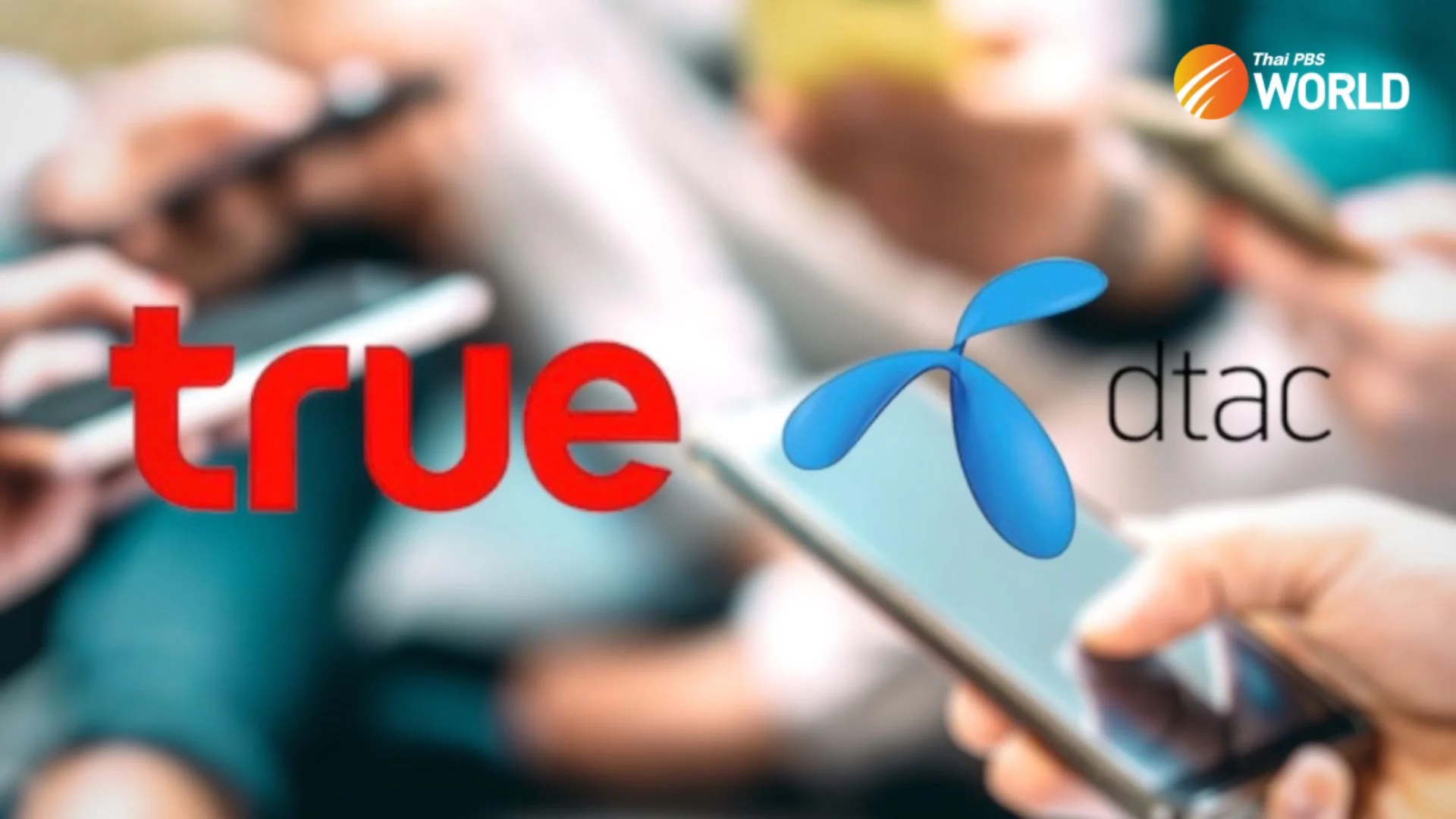Total Access Communication PLC (TAC), widely known under its brand name DTAC, is one of Thailand’s leading telecommunications companies. With a vast array of services including mobile communications, internet services, and digital solutions, TAC plays a pivotal role in connecting millions of customers across the country. However, the breadth and depth of its operations also make TAC a prime target for various forms of fraud.
In the rapidly evolving digital landscape, telecom companies like TAC must stay vigilant against a wide range of fraud risks that threaten their financial stability, operational efficiency, and customer trust. This article delves into the different types of fraud risks faced by TAC, their potential impacts, and the strategies the company can employ to mitigate these risks effectively.
Understanding the Telecom Fraud Landscape
Fraud in the telecommunications industry is multifaceted and constantly evolving. It encompasses everything from subscription fraud and network abuse to more sophisticated schemes involving digital services and insider threats. Understanding these various forms of fraud is the first step in developing robust defenses against them.
Types of Telecom Fraud
Telecom fraud can be categorized into several main types, each with distinct characteristics and challenges.
Subscription Fraud
Subscription fraud involves obtaining telecom services without the intention of paying for them. This can be achieved through various deceptive means, including:
- Identity Theft: Using stolen or fabricated identities to open new accounts and access services. This can result in significant financial losses for TAC due to unpaid bills and potential legal repercussions for affected individuals.
- Credit Card Fraud: Fraudsters use stolen or counterfeit credit cards to pay for services, leading to chargebacks and increased costs for TAC in managing these fraudulent transactions.
Network Abuse
Network abuse refers to the unauthorized or exploitative use of a telecom company’s network resources. Common forms of network abuse include:
- International Revenue Share Fraud (IRSF): In IRSF, fraudsters manipulate international calling routes to generate fraudulent call traffic, leading to revenue losses for telecom operators like TAC.
- Bandwidth Theft: Unauthorized use of network bandwidth, often by exploiting system vulnerabilities, can lead to service degradation and increased operational costs.
Mobile Services Fraud
As a major provider of mobile services, TAC is particularly vulnerable to fraud schemes targeting mobile communications, such as:
- SIM Swap Fraud: Fraudsters gain control of a customer’s mobile phone number by tricking the carrier into transferring the number to a new SIM card. This allows them to intercept calls and messages, potentially facilitating further fraudulent activities such as bank account takeovers.
- Premium Rate Service (PRS) Fraud: This involves the unauthorized use of premium rate numbers to generate high charges on customer accounts. Fraudsters often use techniques like SMS spamming or voice phishing (vishing) to lure customers into making these calls.
Digital Services Fraud
With the increasing integration of digital services, new fraud risks have emerged, including:
- App and Content Fraud: Fraudsters exploit digital content and app stores by creating fake or malicious apps that trick users into making payments or revealing personal information.
- Online Payment Fraud: Online payment systems are prime targets for fraudsters who use stolen credit card information or other illicit means to conduct transactions, leading to financial losses for both customers and TAC.
Insider Threats
Insider threats pose significant risks as they involve individuals within the organization exploiting their positions to commit fraud. Common scenarios include:
- Employee Misuse: Employees with access to sensitive systems may abuse their privileges to alter customer data, manipulate accounts, or steal information.
- Collusion: Insiders may collude with external fraudsters, providing them with access to internal systems or sensitive data to facilitate fraudulent activities.
Drivers of Fraud Risk in Total Access Communication PLC
Several factors contribute to the fraud risks faced by TAC. Understanding these drivers is crucial for developing effective mitigation strategies.
Complex Service Offerings
TAC’s extensive range of services, from traditional mobile communications to advanced digital solutions, creates a complex environment where different types of fraud can occur. Each service has unique vulnerabilities that fraudsters can exploit.
Rapid Technological Change
The rapid pace of technological innovation in telecommunications presents both opportunities and challenges. While new technologies can enhance service delivery and customer experience, they also introduce new security vulnerabilities that can be exploited by fraudsters.
High Transaction Volumes
The high volume of transactions processed by TAC, including calls, data usage, and payments, makes it a lucrative target for fraud. Monitoring and securing these transactions is a significant challenge, especially in real-time environments.
Regulatory and Compliance Pressure
Operating in a heavily regulated industry, TAC must navigate a complex landscape of local and international regulations related to data protection, financial transactions, and consumer rights. Compliance failures can result in significant penalties and reputational damage.
Impact of Fraud on TAC
The impact of fraud on TAC can be extensive, affecting the company’s financial health, operational efficiency, and customer relationships.
Financial Losses
Fraud directly impacts TAC’s bottom line through unpaid services, chargebacks, and the costs associated with fraud detection and mitigation. Indirectly, fraud can lead to lost revenue opportunities and increased operational costs.
Operational Disruptions
Dealing with fraud incidents often requires diverting resources from core business activities to address the immediate threats. This can lead to operational inefficiencies and disruptions in service delivery.
Reputational Damage
Incidents of fraud can erode customer trust and damage TAC’s reputation. Customers expect their service providers to protect their information and transactions, and any failure to do so can lead to loss of business and competitive disadvantage.
Legal and Regulatory Consequences
Failing to manage fraud effectively can result in legal and regulatory consequences, including fines, penalties, and increased scrutiny from regulatory bodies. Compliance with data protection and financial regulations is critical to avoiding these repercussions.
Strategies for Mitigating Fraud Risk at TAC
To effectively mitigate fraud risks, TAC must adopt a comprehensive approach that encompasses technology, processes, and people.
Implementing Advanced Fraud Detection Technologies
Leveraging advanced technologies is crucial for detecting and preventing fraud. TAC can employ:
- Machine Learning and AI: These technologies can analyze vast amounts of data in real-time to identify unusual patterns and detect fraudulent activities early.
- Behavioral Analytics: Monitoring customer behavior can help identify deviations from normal patterns that may indicate fraud, such as unusual calling patterns or payment activities.
Strengthening Data Security Measures
Robust data security measures are essential for protecting TAC’s network and customer information:
- Encryption and Secure Access: Implementing strong encryption for data in transit and at rest, along with secure access controls, can protect sensitive information from unauthorized access.
- Regular Security Audits: Conducting regular security audits and vulnerability assessments helps identify and address potential security gaps in TAC’s systems.
Enhancing Customer Verification Processes
Strengthening customer verification processes can help prevent identity theft and subscription fraud:
- Multi-Factor Authentication (MFA): Implementing MFA for customer account access and high-risk transactions adds an extra layer of security.
- Biometric Verification: Using biometric data, such as fingerprints or facial recognition, can enhance the accuracy and security of customer verification.
Promoting Employee Awareness and Training
Employees play a crucial role in detecting and preventing fraud. TAC should:
- Regular Training: Provide ongoing training for employees on the latest fraud trends and security best practices.
- Fraud Reporting Mechanisms: Establish clear mechanisms for employees to report suspicious activities or potential fraud.
Establishing Robust Governance and Compliance Frameworks
A strong governance framework is essential for managing fraud risks effectively:
- Clear Policies and Procedures: Develop and enforce comprehensive policies and procedures for fraud detection, reporting, and mitigation.
- Compliance Monitoring: Regularly monitor compliance with internal policies and external regulations to ensure adherence and identify areas for improvement.
Collaborating with Industry Partners and Authorities
Collaboration is key to addressing fraud in the telecommunications sector:
- Industry Partnerships: Engage with industry partners and associations to share information and best practices on fraud prevention.
- Law Enforcement Cooperation: Work closely with law enforcement and regulatory authorities to address fraud and pursue legal action against fraudsters.
Case Studies: Fraud Incidents in the Telecom Sector
Examining real-world examples of fraud incidents in the telecom sector provides valuable insights into the challenges and responses of companies like TAC.
Case Study 1: Subscription Fraud in Europe
A major European telecom provider experienced significant financial losses due to subscription fraud involving identity theft and credit card fraud. The company implemented advanced AI-based fraud detection systems and enhanced its customer verification processes, reducing fraudulent activities by over 50%.
Case Study 2: SIM Swap Fraud in Africa

An African telecom operator faced a surge in SIM swap fraud, leading to substantial financial losses for customers. In response, the company introduced stringent identity verification procedures for SIM swaps and partnered with financial institutions to enhance security measures for mobile banking services.
Case Study 3: International Revenue Share Fraud (IRSF) in Asia
A leading telecom provider in Asia was targeted by fraudsters exploiting IRSF schemes. The company invested in real-time monitoring and anomaly detection systems, significantly reducing the impact of IRSF and improving its overall fraud management capabilities.
Conclusion
Fraud remains a significant challenge for telecommunications companies like Total Access Communication PLC. The complex and dynamic nature of the telecom industry, combined with the rapid pace of technological change, creates
4o


1 thought on “Total Access Communication PLC”